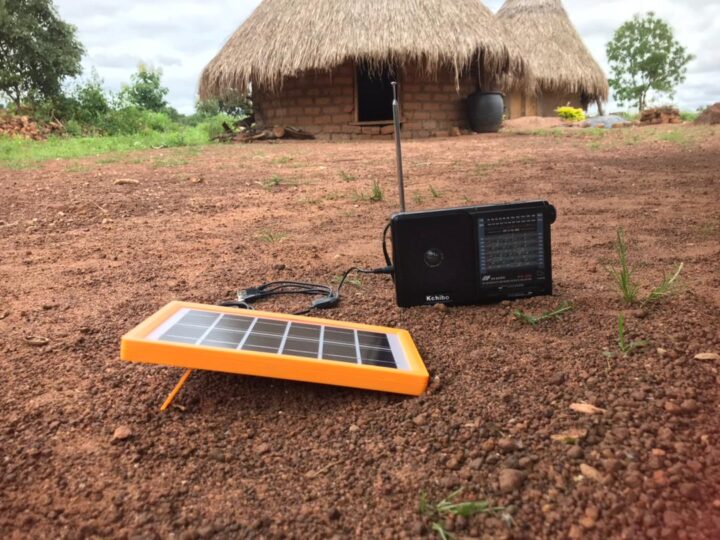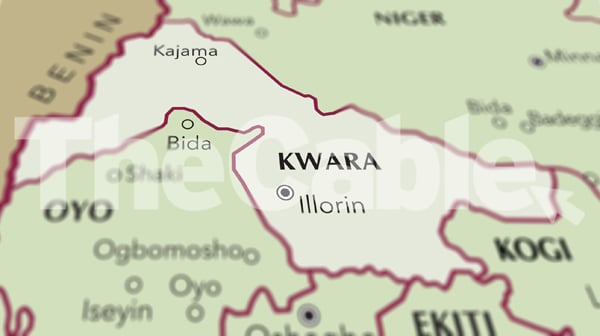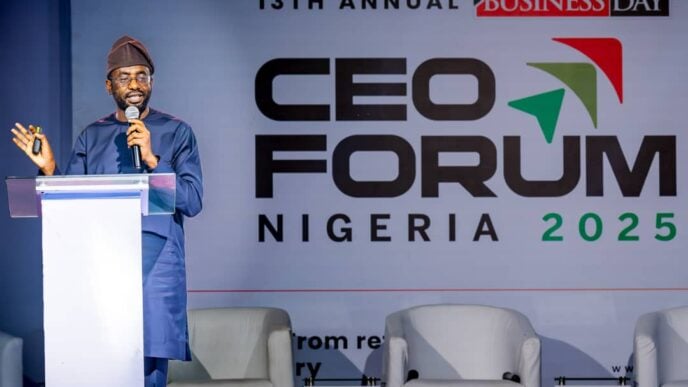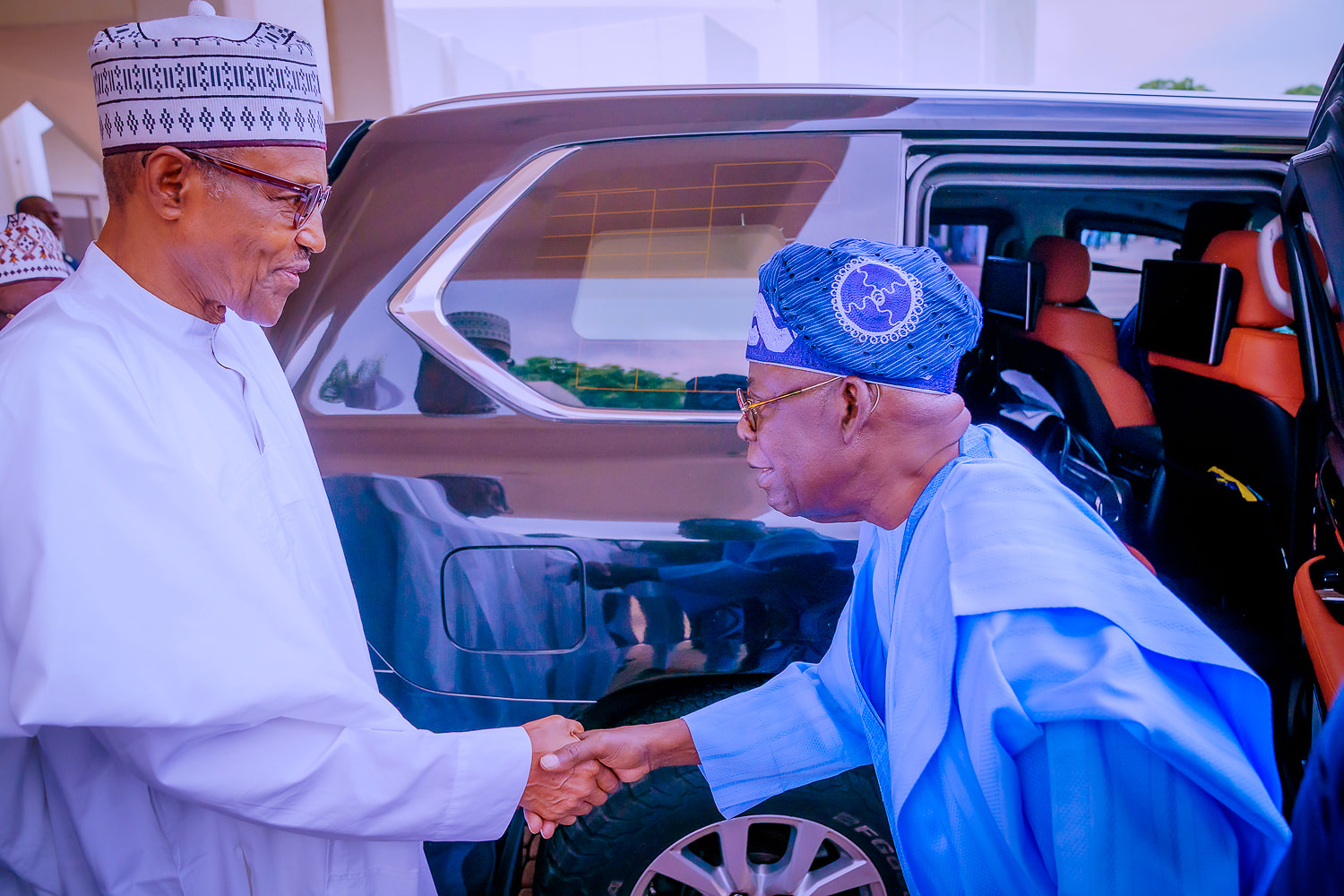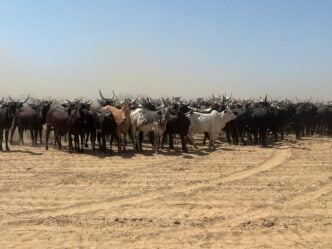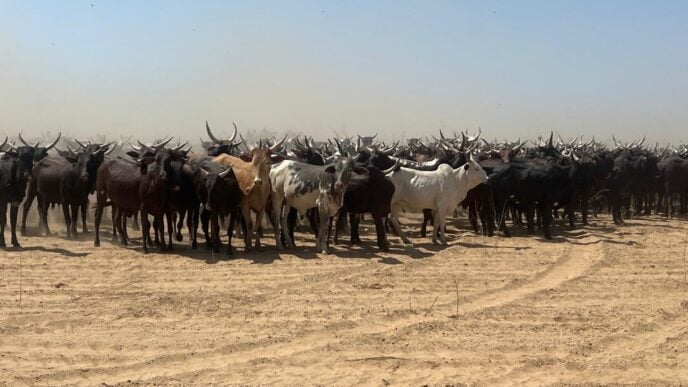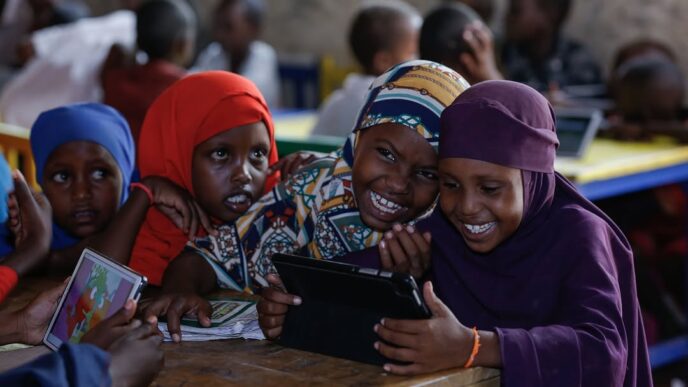BY CLEMENT CHISOM JOHN
Nigeria’s persistent power crisis continues to undermine its development potential and frustrate the daily lives of millions. Despite its vast renewable energy potential sunlight, biomass, and small hydropower, the country still struggles to provide stable, affordable electricity. Today, over 90 million Nigerians lack access to grid power, while those connected experience frequent blackouts. The existing electricity grid is dilapidated, prone to collapse, and unable to handle increased power loads. This energy poverty limits productivity, stifles small businesses, and undermines access to healthcare, education, and clean water.
The Nigerian government has set ambitious goals for universal electricity access, including aiming for a 90% access rate by 2030. Renewable energy offers a clear path to achieving this. Solar mini-grids, standalone systems, and clean cooking technologies can bridge Nigeria’s energy access gap, especially in rural and underserved areas. Yet, a major obstacle continues to hold back progress: financing.
Recent estimates indicate that Nigeria faces a staggering ₦11.4 trillion financing gap to meet its renewable energy goals. Traditional financing models—especially those based on foreign currency loans—are proving not just inadequate but unsustainable. Dollar-based debt exposes developers to currency devaluation, spikes in repayment costs, and reduced profitability. With the naira depreciating steadily and investor confidence waning, foreign capital has become both expensive and scarce. Nigeria’s high-risk profile discourages long-term lending from international markets, and climate funds are either delayed or dispersed at insufficient scale.
Advertisement
Clearly, the country cannot rely on international finance to deliver energy access for all. Nigeria must now look inward and innovate. The future of renewable energy lies in building a robust, dynamic local currency financing ecosystem—one that is inclusive, transparent, and tailored to the realities of both developers and energy users.
According to the Renewable Energy Association of Nigeria (REAN) survey, institutions such as the Bank of Industry (BOI), Development Bank of Nigeria (DBN), and the Central Bank have created some concessional loan windows, but these remain small and often inaccessible to small and medium-scale renewable energy providers. Many early-stage developers and mini-grid operators are unable to access loans with affordable interest rates or flexible repayment terms. The problem is further compounded by limited risk-sharing tools and a financial sector that still does not fully understand clean energy business models.
There is an urgent need to deploy creative financial instruments to close this gap. Green bonds, already gaining momentum globally and in Nigeria, can attract domestic institutional investors such as pension funds and insurance companies into clean energy infrastructure. Blended finance structures, which combine public, donor, and private capital, can reduce risks and lower the cost of capital. Nigeria could also explore a local currency climate fund, designed specifically to finance renewable energy projects in naira. Meanwhile, carbon taxes or levies on high-emission industries could generate consistent domestic revenue for clean energy transition, if implemented equitably.
Advertisement
But it’s not just about new mechanisms. Nigeria must better utilise funds already within its grasp. Every year, the government recovers billions of naira in looted funds and forfeited assets. At the same time, legislators allocate vast sums to constituency projects, many of which are poorly executed, duplicated, or irrelevant to community needs. If transparently managed, these funds could electrify schools, power health clinics, energise markets, and stimulate rural economies through renewable energy. The issue is not a lack of money, but a lack of political will, transparency, and strategic coordination.
To unlock scale, Nigeria must adopt a dual financing approach that supports both producers and consumers. On the supply side, we need concessional long-tenure naira loans, refinancing facilities, credit guarantees, and partial risk-sharing arrangements to help developers scale. On the demand side, financing tools must be tailored to households, farmers, and small businesses. Microfinance institutions and cooperatives should be mobilised to offer flexible loans for solar home systems. Pay-as-you-go solar and Energy-as-a-Service models, which allow people to pay in instalments or based on usage, can make renewable energy accessible to the bottom of the pyramid.
Furthermore, bundling clean energy investments into community infrastructure programs, such as those funded by ecological funds, TETFUND, or state-level development plans, can help mainstream renewable energy into Nigeria’s broader development architecture. But this will require reforming how public funds are allocated and reported, so that energy interventions are tied to measurable public benefits and not political tokens.
If Nigeria is serious about achieving universal energy access, it must shift away from donor-dependency and expensive dollar loans. The country has the financial potential; it only needs the institutional will and policy coherence to direct these funds toward what truly matters. Clean energy is not just an environmental imperative – it’s a lifeline for economic inclusion, national development, and social stability.
Advertisement
The time to act is now. A just and inclusive renewable energy transition for Nigeria must be financed from within.
Clement Chisom John writes from the Renewable Energy Association of Nigeria. He can be contacted via [email protected]
Views expressed by contributors are strictly personal and not of TheCable.
